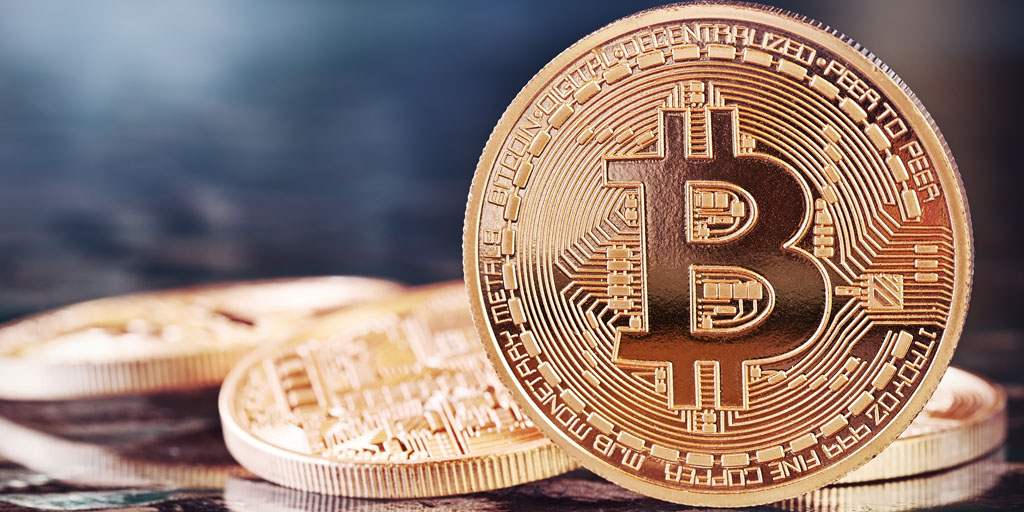Currencies are always Market moving, but what happened this week was particularly noteworthy.
Bitcoin is all the rage. The value surged in price, crossing $2,000 for the first time. One bitcoin was worth nearly $2,800 on Wednesday. It was worth $1,000 just a month ago. Some of you might be wondering what exactly is Bitcoin and where did it come from? Bitcoin is what’s called a cryptocurrency. You don’t carry them in your pocket. It’s completely digital. Bitcoin was created in Japan in 2009. The actual creator is unknown, but believed to be a group of software programmers under the name “Satoshi Nakamoto”.
Most retailers do not accept bitcoin for purchase, but you might be surprised who does. Bitcoin is accepted at the Gap, Subway and Whole Foods. It can also be used on Expedia and Virgin Airlines. There’s a Bitcoin ATM at a North Beach Market in San Francisco and a gas station in Concord, California.
Bitcoin runs through a digital network known as a blockchain. It keeps a secure record of each transaction all in one place. Every time anyone buys or sells bitcoin, the transaction is logged. No one controls these blocks, because blockchains are decentralized across every computer that has a bitcoin wallet, which you only get if you buy bitcoins. It’s a very efficient system. Competition in the digital currency space has been fierce. Bitcoin used to account for over 85% of the Market in February, but is now just 45%. One of its competitors, Zcash, is up over 200% since it cut a deal with JP Morgan Chase. You can see why tech savvy consumers love it and government regulators do not.
Bitcoin’s anonymity also lends itself to crime. Bad guys use them too. In fact the recent WannaCry ransomware demanded payment in Bitcoin. It was reported that Disney was a victim and the new Pirates of the Caribbean film was being held for ransom.
Despite the rapid growth of cryptocurrencies, cash is still king. Cash is convenient. Cash is private. Cash is intuitive. Cash does not require transactions costs. But cash really only works with direct handoff and can be clunky to carry and easy to be stolen or lost. In this digital age, there absolutely is a pressing need for a digital currency that works. Cryptocurrencies serve that purpose. It’s still very early in this trend. Despite many attempts, nothing rivals the US Dollar.
Today, over 1/3 of consumer transactions in the United States are paid with cash. It is still the single largest source of payment. But, if you combine debit and credit cards, they account for nearly half of consumer spending habits. Roughly 10% of all purchases are made online today, and it’s certainly growing. Bitcoin is included in this. Checks and other electronic payments are less frequent but tend to account for the larger transactions. No surprise, cash is more popular for smaller purchases. But outside the United States, over 80% of transactions are paid in cash. Cryptocurrencies will likely play a much bigger role overseas over time as new consumers enter global markets.
The world still loves Dollars. It’s probably not a surprise that the $1 Bill is the most common note in circulation. George Washington’s face is on just over 30% of the $1.1 Trillion Federal notes in circulation. What might be a surprise is the $100 Bill is in greater circulation than the $20 Bill. It’s close (26% vs 23% of total), but Ben Franklin wins out over Old Hickory. There are more $100 Bills overseas than in the United States. Have you ever wondered why our money is green? It was hard to copy, which helped prevent counterfeiting. In 1861, money was first printed with green ink on the back, which quickly earned the name the “Greenback”. Knowledge is power.
These Markets move fast, but we’re all over it. Have a fantastic Memorial Day weekend. We’ll be back, dark and early on Tuesday.
Mike Frazier






